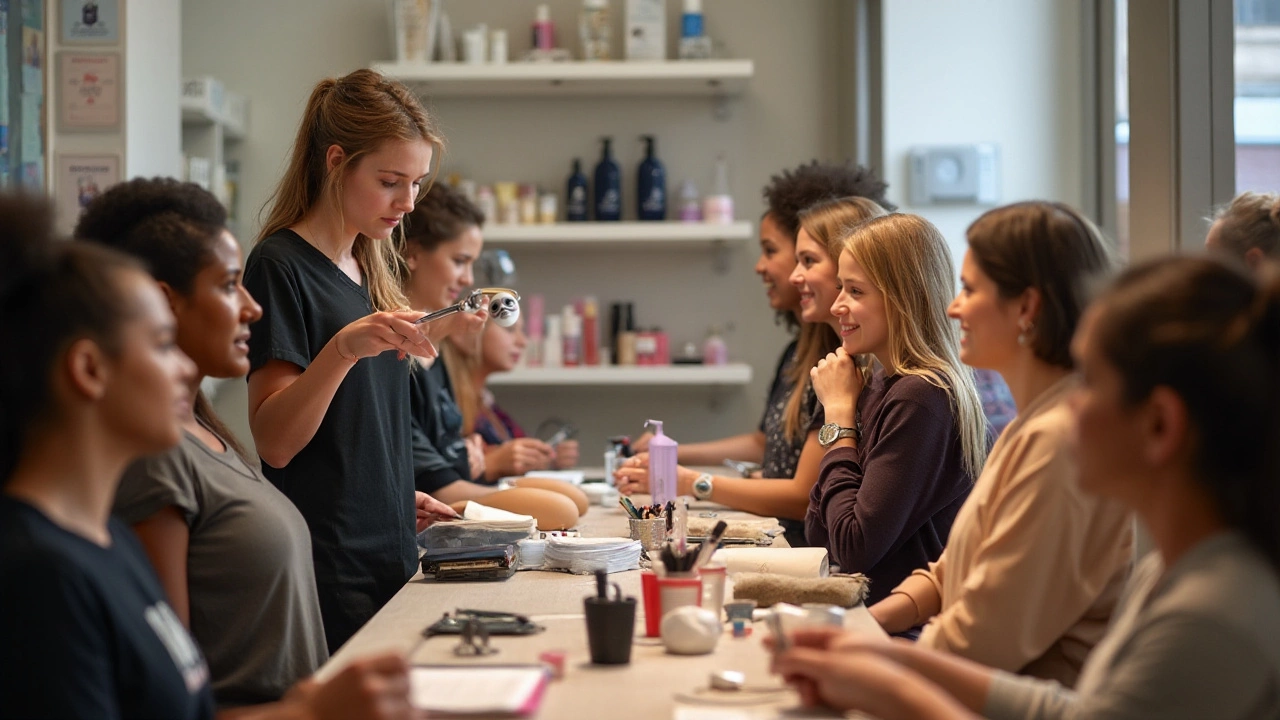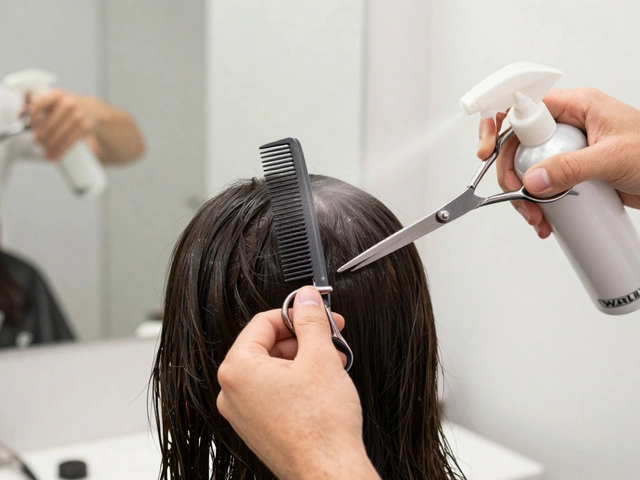Beauty Courses: Your Guide to Starting the Right Training
Thinking about a job in the beauty world? You’ve probably seen a long list of courses and wonder which one actually helps you land a good gig. The good news is you don’t need a degree to get started – a solid vocational program can give you the skills employers want.
Which Beauty Course Matches Your Goal?
First, decide what you enjoy most. If you love working with skin, an esthetician or beauty therapist course is a smart move. These programs teach you facial treatments, product knowledge, and client communication. If you prefer cutting and styling hair, look for a hair styling or hair training course that covers cutting techniques, coloring, and salon safety.
For those who want a mix of both, many schools offer combined beauty therapy courses that include skin, nail, and hair modules. This gives you versatility and makes you more attractive to salons that need multi‑skill staff.
How Long Does It Take?
Most beginner courses last anywhere from a few weeks to six months. A typical hair training program runs about three months, while a full beauty therapist qualification can take six months to a year, depending on part‑time or full‑time study. The key is to choose a schedule that fits your life – many providers now offer flexible evenings or online components.
When you pick a course, check the certification it leads to. In the UK, a recognized NVQ or SVQ in beauty therapy is the gold standard. It shows employers you’ve met industry standards and can work safely with clients.
Besides the core lessons, look for extra support like work‑placement opportunities. Real‑world salon experience helps you apply what you learn and builds confidence before you graduate.
Cost is another factor. Courses can range from a few hundred pounds for a short hair styling class to over a thousand for a full‑time beauty therapist program. Some schools offer payment plans, and you might qualify for government apprenticeships that offset fees.Finally, research the success stories of each program. Schools that regularly place graduates in well‑paid esthetician roles or reputable salons are a good sign they’re doing something right.
Ready to pick a course? Start by visiting a couple of local training centers, ask about curriculum, certification, and job placement rates. Talk to current students – they’ll give you a realistic view of workload and support.
Remember, the right beauty course can turn a hobby into a steady income. Whether you aim to be a freelance hair stylist, a spa therapist, or a salon manager, there’s a program out there that fits your timeline, budget, and career goals.
Take the first step today: choose a course, sign up, and start building the skills that will open doors in the beauty industry.





